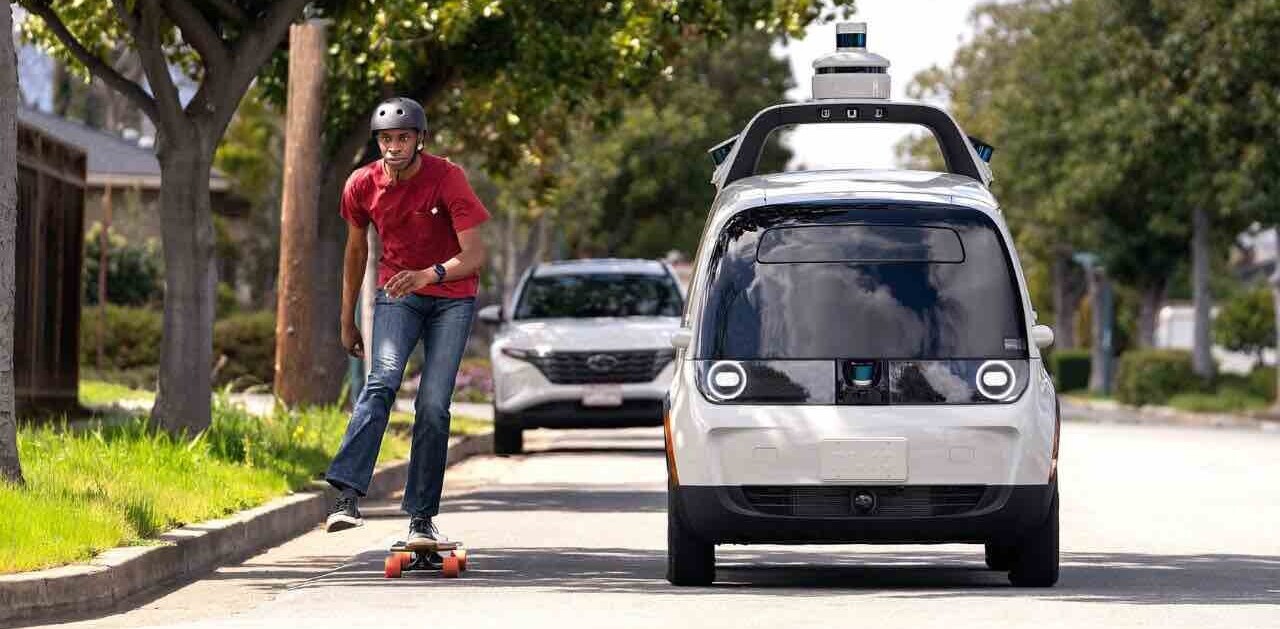
We’ve heard about the lovefest between blockchain tech and mobility for ages, with lots of hype around peer-to-peer (P2P) payments for autonomous vehicles, vehicle sovereignty, and car-sharing. But how does it all work and why should we care?
The most recent effort is by Car IQ. The company has developed the first payment network to allow connected cars and trucks to pay machine-to-machine (M2M) transactions. Vehicles can pay for fuel, tolls, parking, and more without a credit card.
Why use blockchain technology for in-car transactions?
Existing transactions using credit cards, debit cards, and electronic fund transactions require customer action. They are costly, difficult to reconcile, and prone to fraud.
The most significant issues of M2M payments are security and authenticity. An example is verifying the identity of a vehicle and ensuring it receives the services that it pays for.
Fleet managers, automotive manufacturers, car-sharing services, ride-sharing platforms, and commercial fleets are all at risk, as well as the service providers and payment networks.
In response, Car IQ has created a Know Your Machine identification process meaning vehicles can pay for and validate transactions. This eliminates the need for human use of credit cards to process payments.
According to Sterling Pratz, CEO of Car IQ:
Our solution introduces the next generation of contactless payments, taking the logical step of connecting machines directly to banks and service providers and eliminating legacy processes that are difficult to manage or result in fraud.
We believe machine banking is the future, where not just vehicles but any IoT device will be able to connect and pay autonomously — and it’s our technology that will make it possible.
What are other use cases for blockchain tech in mobility?
The twin to authenticity is transparency; machines handling data like vehicle mileage, battery charging levels and cost, and insurance details need accuracy. Otherwise, the data may be fraudulent or even tampered with by cybercriminals.
This is the gold star when it comes to autonomous vehicles (AVs), which will in the future need the ability to receive or make payments autonomously, which is the next step for payment services like those facilitated by Car IQ.
Walk me through all this again like I’m an idiot?
So, I might own an autonomous vehicle. It needs to talk to machines like traffic lights, parking meters, and other city infrastructure without any input from me.
To do so, it needs to find, authenticate, communicate and transact with those machines. If the identity of these machines is not verified, it could, for example, be connecting to a parking meter that has been hacked and can steal my car’s data.
How else are mobility companies using blockchain tech?

Daimler Mobility is working on smartVIN to stop odometer tampering in second-hand car sales. They aim to create a secure virtual vault to store vehicle information and history without being changed.
Berlin startup peaq is developing a vendor-agnostic e-charging platform where customers can charge their vehicle at any station using roaming contracts.
Blockchain tech wunderkinds IOTA have also worked with Jaguar to deploy smart wallet technology in their cars. Owners earn credits by enabling their cars to automatically report useful road condition data such as traffic congestion or potholes to navigation providers or local authorities.
Use cases are constantly evolving
This is just the beginning, in the future EVs will earn money by participating in peer-to-peer energy trading or feeding power back to the grid. Yep, you could make cash from that escooter ride.
EVs will also use V2E (vehicle-to-everything) communication. They could share traffic rerouting due to a lane closure. Cars could be alerted of an approaching emergency vehicle. A car in traffic could pay to overtake another vehicle.
You may also enjoy:
Get the TNW newsletter
Get the most important tech news in your inbox each week.




